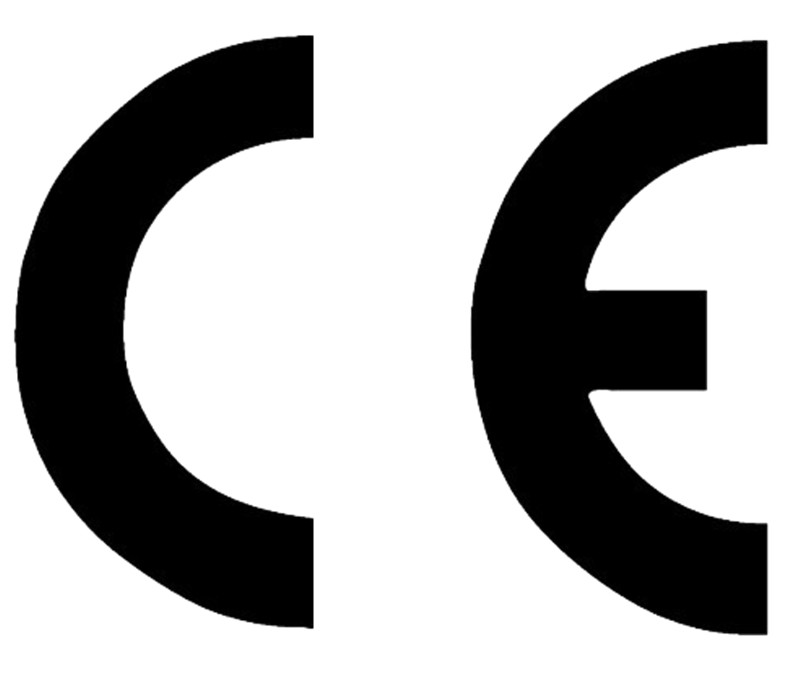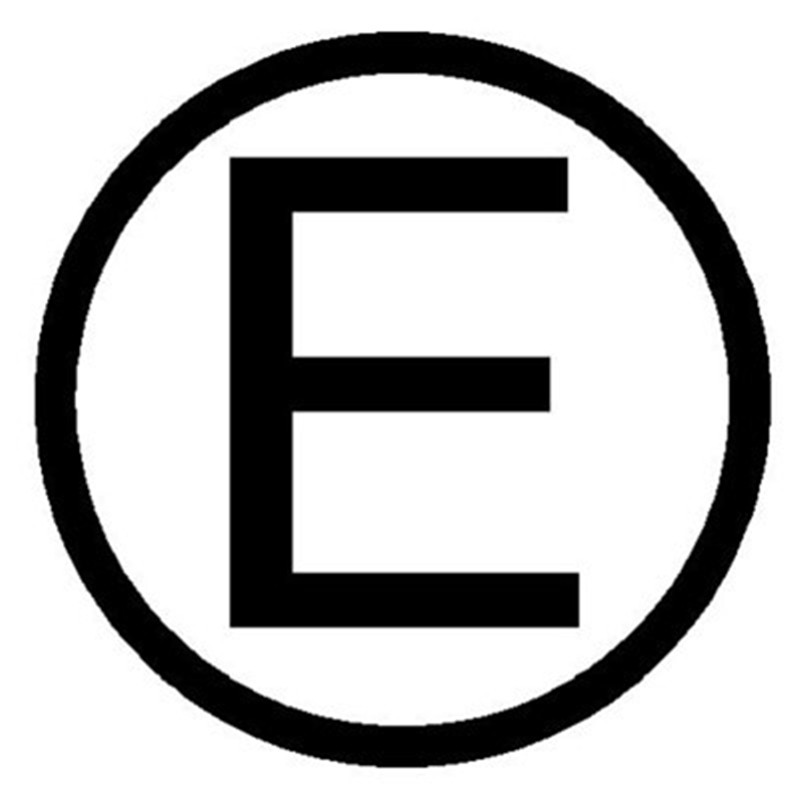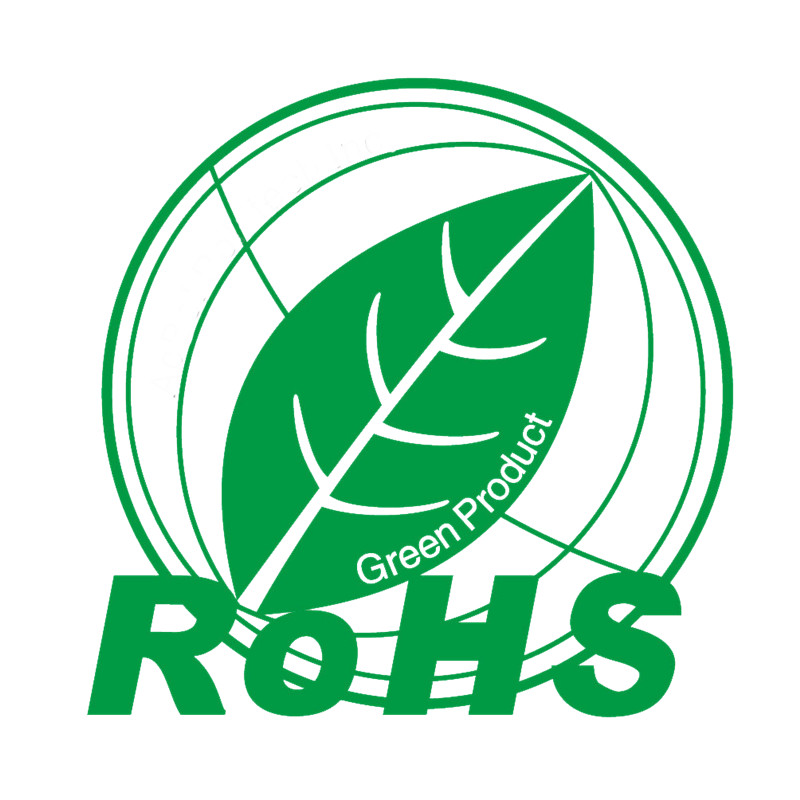EU testing certification
European Union testing certification classification

1, CE certification
CE certification, that is, limited to the basic safety requirements of products that do not endanger the safety of humans, animals and goods, rather than the general quality requirements, the coordination directive only specifies the main requirements, the general directive requirements are standard tasks. Therefore, the accurate meaning is that the CE mark is a safety conformity mark rather than a quality conformity mark. Are the "main requirements" that form the core of the European directive.

2, E-Mark certification
E-Mark is the European Common Market, for the turbine and its safety spare parts products, noise and exhaust gas, etc. in accordance with the provisions of the European Union Directives and the Economic Commission for Europe regulations [ECE Regulation], through the product to meet the certification requirements, that is, to grant a certificate of conformity. To ensure the safety of driving and environmental protection requirements. The number of E-Mark granted varies according to the country of certification, for example, the E-Mark mark of Luxembourg is E13/e13.

3, RoHs certification
RoHS certification is a certification that limits the use of certain hazardous substances in electrical and electronic products. RoHS is an abbreviation of "Restriction of Hazardous Substances", meaning "restriction of hazardous substances".
4, EN71 certification
5, ErP certification
6, MD Mechanical Instruction
7, REACH certification
8, WEEE certification
9, GS certification
10, CB certification
11, GCF certification
12, PAHs certification



















